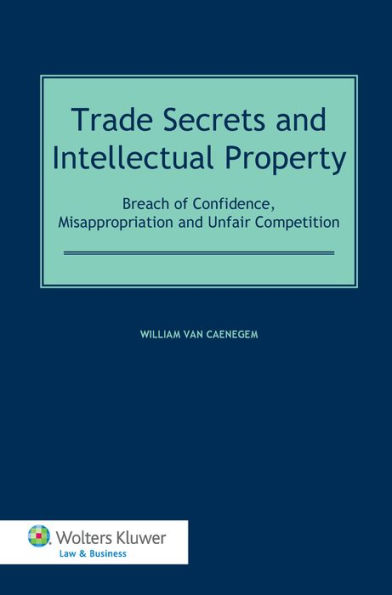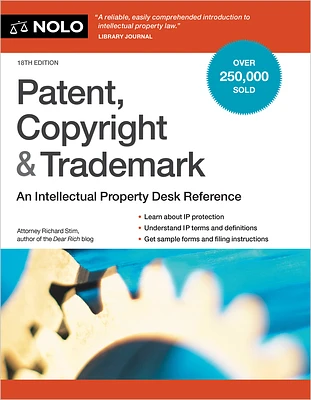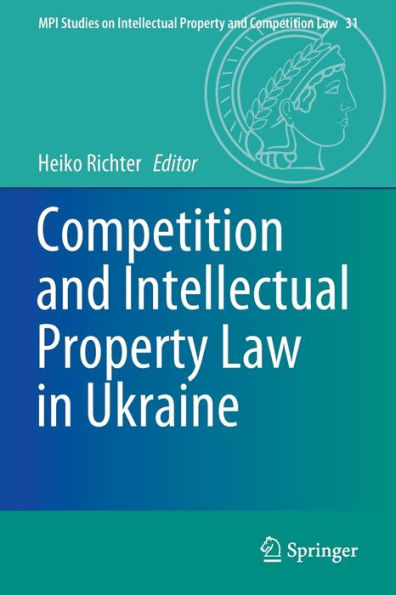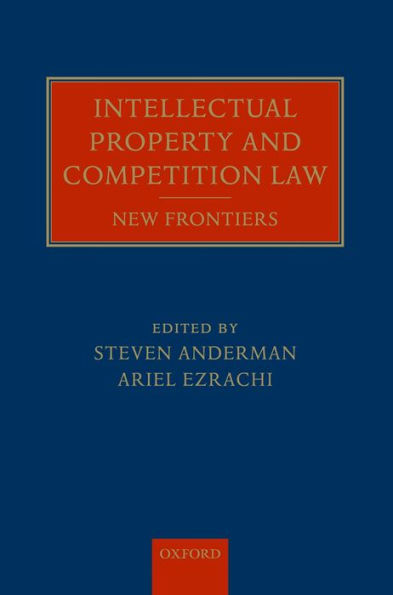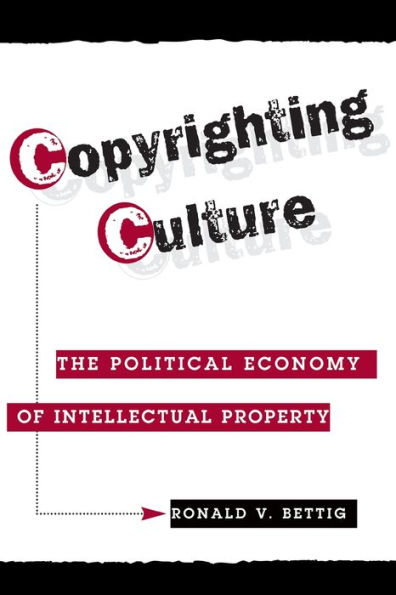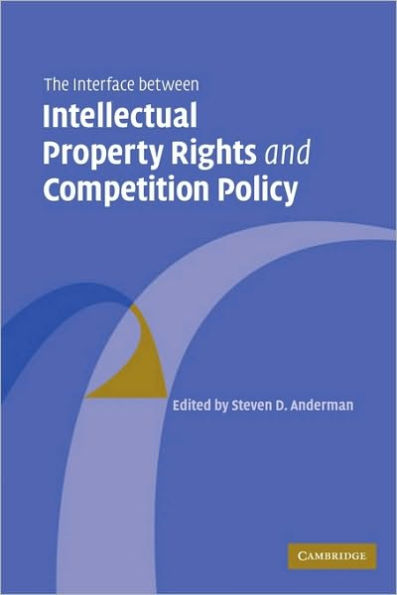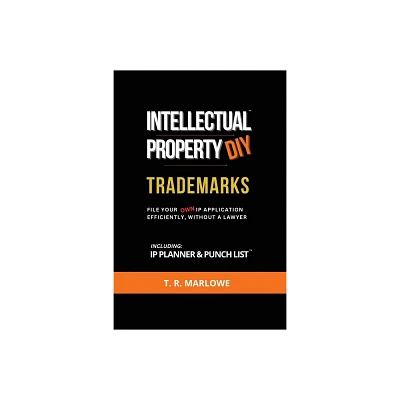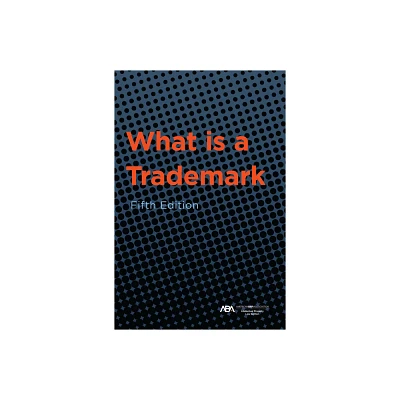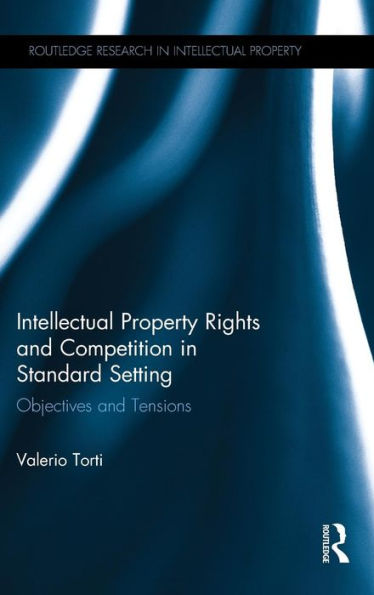Home
Intellectual Properties and the Protection of Fictional Characters: Copyright, Trademark, or Unfair Competition?
Loading Inventory...
Barnes and Noble
Intellectual Properties and the Protection of Fictional Characters: Copyright, Trademark, or Unfair Competition?
Current price: $95.00
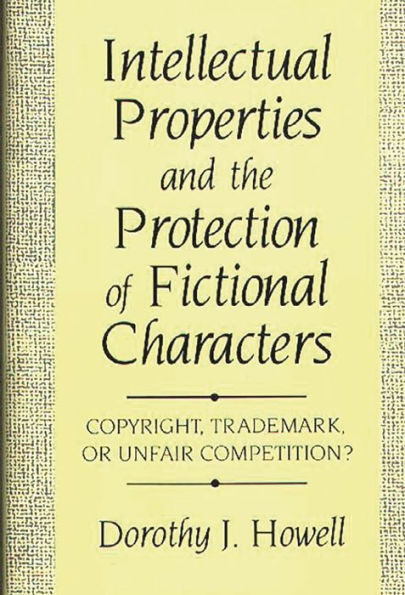

Barnes and Noble
Intellectual Properties and the Protection of Fictional Characters: Copyright, Trademark, or Unfair Competition?
Current price: $95.00
Loading Inventory...
Size: OS
*Product Information may vary - to confirm product availability, pricing, and additional information please contact Barnes and Noble
In this pioneering volume, Howell addresses the extent to which fictional characters are legally recognized and protected as intellectual property. Through a judicious selection of cases chosen for their bearing on the popular arts, the author reviews the basic legal principles involvedcopyright, trademark, unfair competition, and contract lawand analyzes their applications to fictional characters. In addition to tracing the evolution of the law relating to the protection of fictional characters, Howell explores the feasibility of isolating characters and protecting them via stringent copyright and/or trademark laws, addresses character merchandising and the associated legal issues, and suggests legal reforms aimed at protecting the creator. Detailed case information serves both to illustrate the legal principles and actions discussed and to stand as a model for the proprietors of future characters.
Divided into two major sections, the volume begins by offering a comprehensive introduction to intellectual property law. Specific topics addressed include basic concepts of property, statutory protection of intellectual property, elements of an infringement action, defenses to copyright infringement, unfair competition, and the application of trademark principles to literary properties. In the second section, Howell analyzes the extent to which the fictional character is legally regarded as intellectual property. She reviews situations in which copyright and trademark law have been invoked to protect the creator of a fictional character, examines cases involving such well-known characters as the Lone Ranger, Superman, and the crew of the Starship Enterprise, and presents an extended analysis of the case of Tarzan. Finally, Howell considers whether right of publicity and merchandising offer additional protection for fictional characters. In the concluding chapter, she offers an analysis of copyright decisions and a proposal for their reconciliation. Both practicing attorneys and students of entertainment law will find Howell's work an important contribution to the professional literature.
Divided into two major sections, the volume begins by offering a comprehensive introduction to intellectual property law. Specific topics addressed include basic concepts of property, statutory protection of intellectual property, elements of an infringement action, defenses to copyright infringement, unfair competition, and the application of trademark principles to literary properties. In the second section, Howell analyzes the extent to which the fictional character is legally regarded as intellectual property. She reviews situations in which copyright and trademark law have been invoked to protect the creator of a fictional character, examines cases involving such well-known characters as the Lone Ranger, Superman, and the crew of the Starship Enterprise, and presents an extended analysis of the case of Tarzan. Finally, Howell considers whether right of publicity and merchandising offer additional protection for fictional characters. In the concluding chapter, she offers an analysis of copyright decisions and a proposal for their reconciliation. Both practicing attorneys and students of entertainment law will find Howell's work an important contribution to the professional literature.
